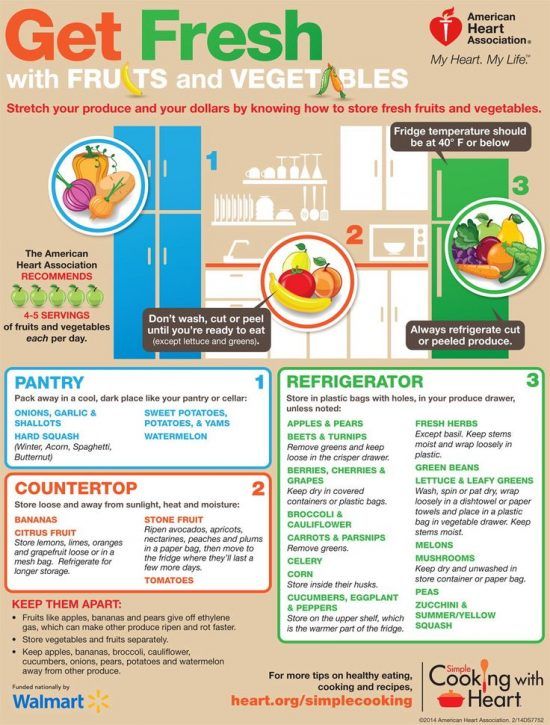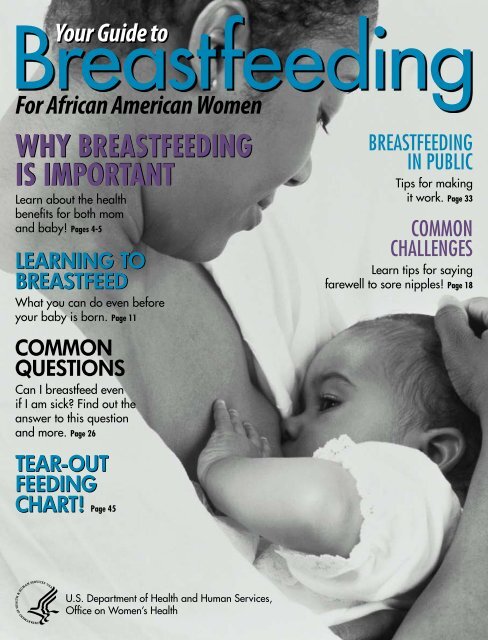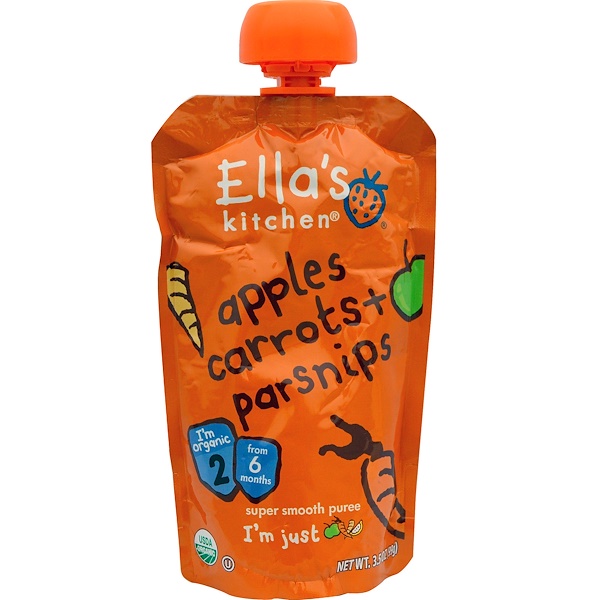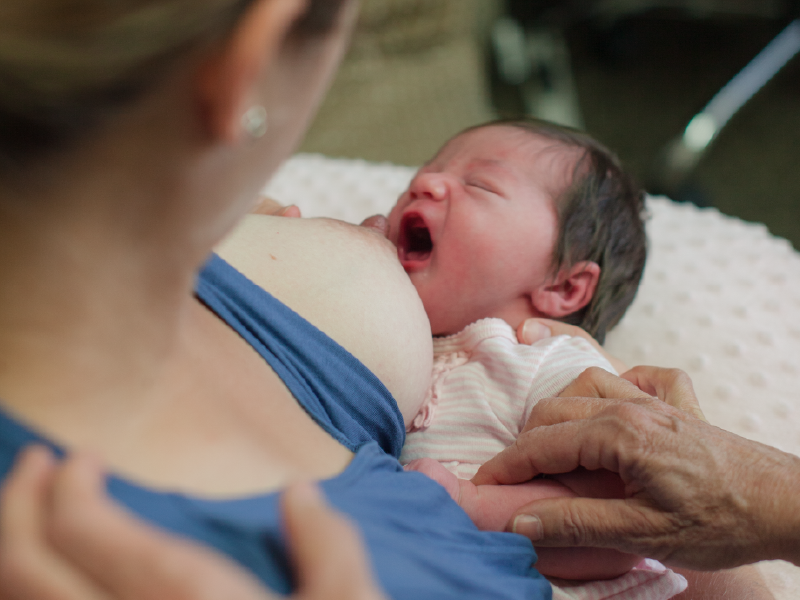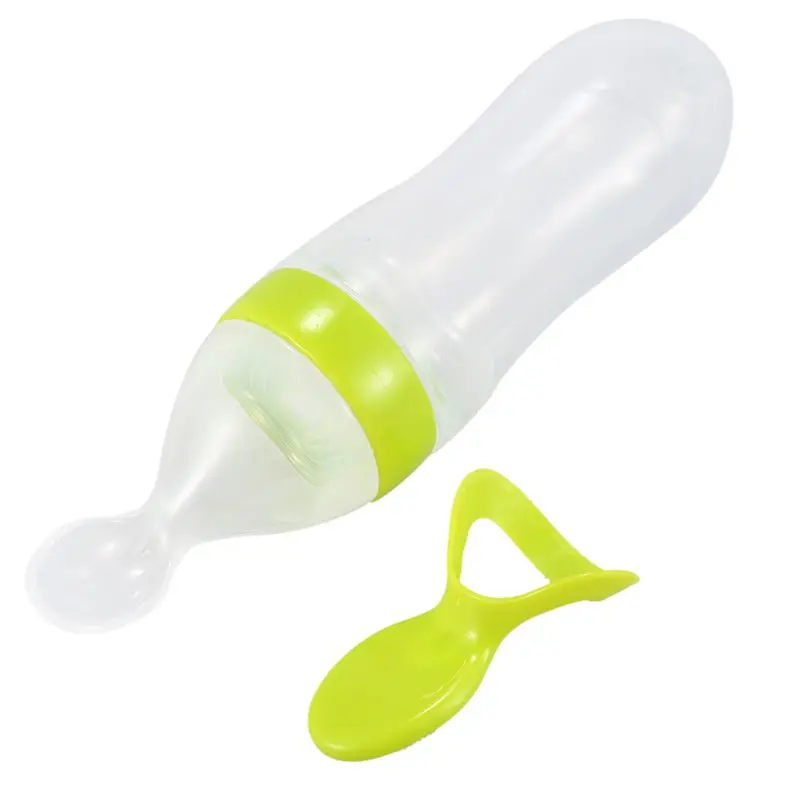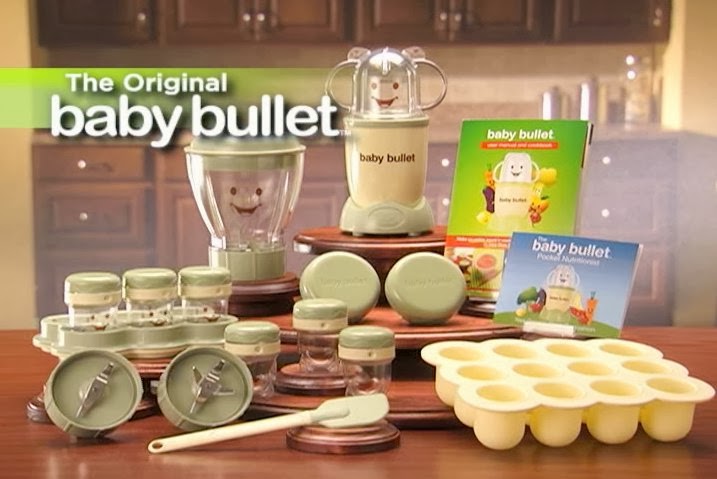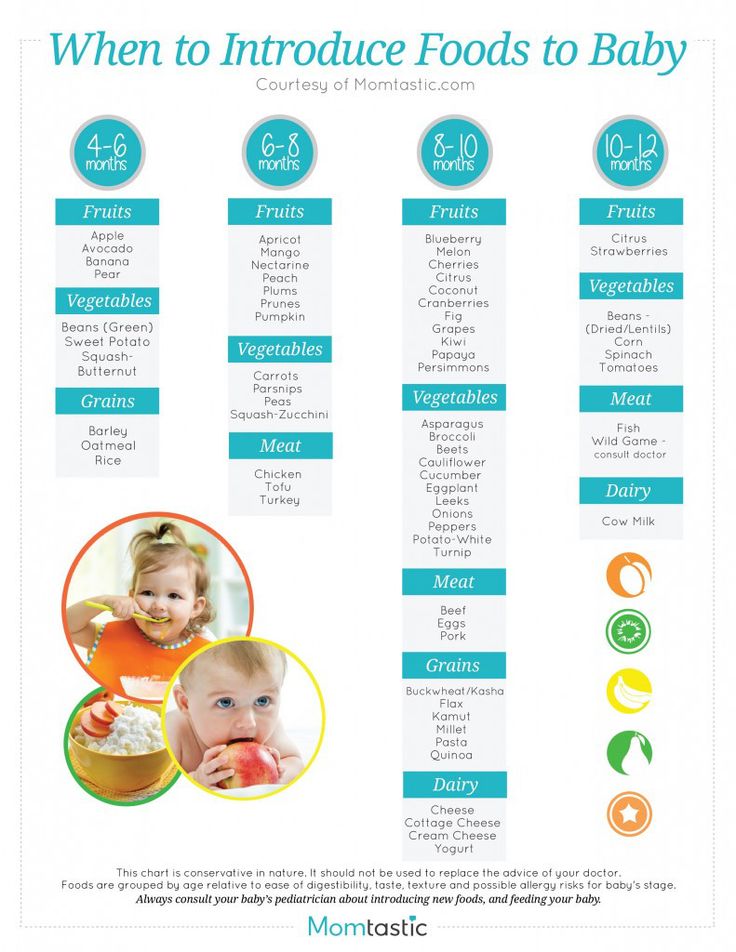What kind of milk to feed baby deer
Wildlife First Aid - How to Feed Baby Deer (Fawns)
Baby fawns go through two containers of milk a day. All goat milk or a fawn replacement milk should be used. Some Walmart stores carry goat milk; Tractor Supply stores carry a wildlife replacement milk that will include fawns on the back label.
A newborn fawn is the size of two Chihuahuas. It's important to add seven drops of lactate as well to the formula. If you have a young fawn, do not add anything solid.
When
they are the size of the deer in the photos below, add
some solid food to the formula such as baby rice or baby
cereal.
Mix it well with water until it has a pudding-like consistency.
Deer love sweet tastes, and bananas are always a good
source of sweetness. For older deer, you can add a banana,
but be sure to beat it with a fork until it liquefies.
You can put it into a blender or use a mixer and stir
it up -- but make sure the banana seeds don't clog the
nipple.
| The hole in this nipple is too large! |
Also, be sure that the hole in the nipple
is not too large so the liquid cannot be drunk too quickly. If they drink too fast, they will give themselves a stomachache
along with having digestive problems.
If they drink too fast, they will give themselves a stomachache
along with having digestive problems.
Before feeding, heat up the formula. You don't want to feed deer cold formula. Then give it to the deer before everybody else eats it. (Ingrid said that as one of her cats was sampling the formula to be sure it was just right.)
Use a funnel to pour the mixture into
baby bottles (two per fawn per feeding).
There
should
be
two feedings a day. Be sure to heat the liquid.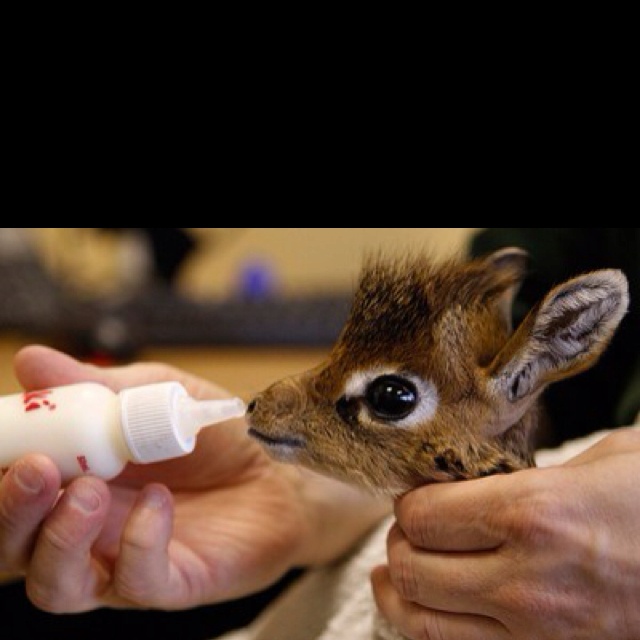 It must
be given very warm.
It must
be given very warm.
When feeding, keep the bottles high because that's how they would eat from the mother as she stands up
They go through it quickly.
You can pull and push back and forth as you feed, because that's what the mother does.
Also take a warm wet cloth and wipe the genital area to help stimulate the bowels. If they are not kept regular, they will get diarrhea or become constipated.
The deer in the photo are not that young,
more like two months old.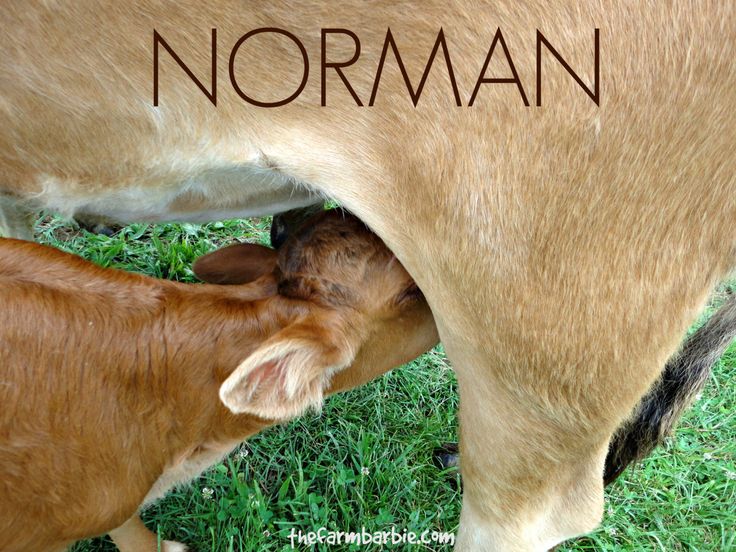 By the way, these guys
are not related.
By the way, these guys
are not related.
If they're older, you can chop up carrots or apples and just stick the pieces in their mouth. When deer go from formula to other foods, it's a big move.
FURTHER NOTES:
Unless you actually see a dead doe, leave the fawn alone. Fawns are rarely orphaned. The mother will often run if you approach, and return to the fawn after you leave; the fawn can't run, and will typically freeze and try not to be seen.
Be sure to contact an animal rehabilitator
promptly if you are dealing with a young fawn, because
they imprint quickly, and once imprinted, are problematic
to
release into
the wild.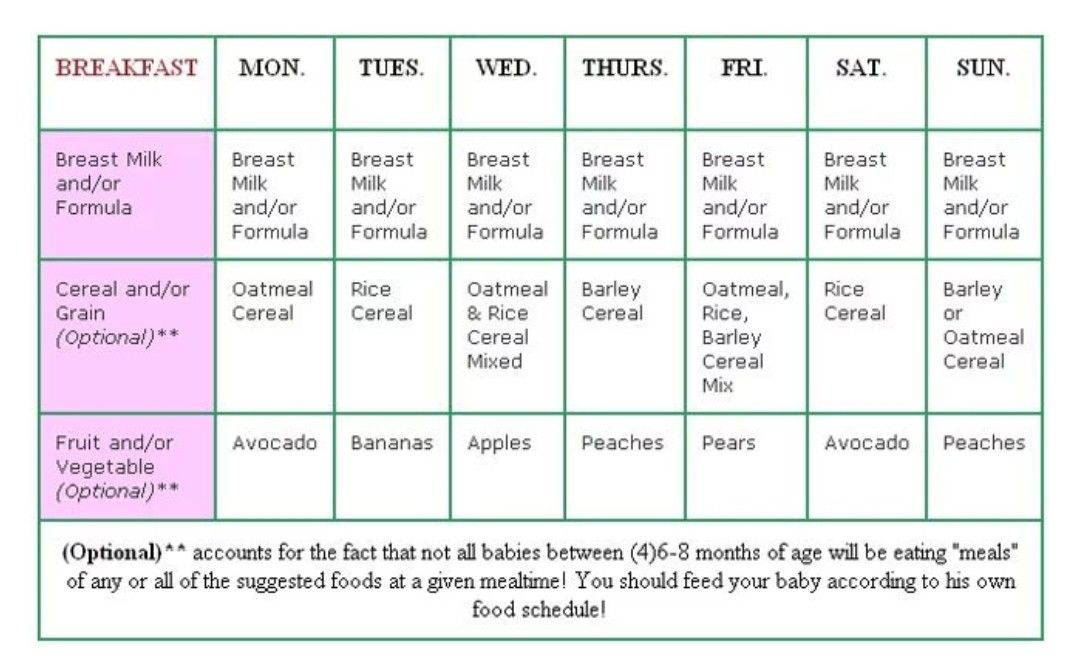
Wildlife Watch / Rehabilitator Hotline: 877-WILD-HELP |
SEE ALSO:
The R.O.C.K. column is each issue of the
Wildlife Watch Binocular.
Back to First Aid Index
What Do Fawns Eat? - AZ Animals
More Great Content:
↓ Continue Reading To See This Amazing Video
The word fawn refers to more than just a color, or a behavior; it’s also what we call a baby deer.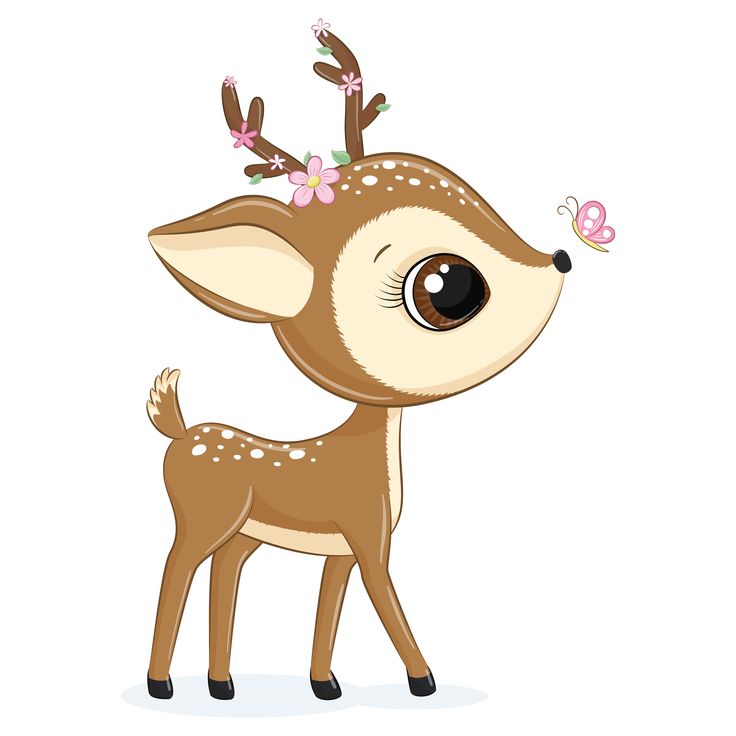 Members of the Cervidae family—which includes elk, moose, reindeer (caribou), red deer, roe deer, white-tailed deer, key deer, fallow deer, and mule deer, among others—are known as fawns until they reach one year of age. Fawns are characterized by their long spindly legs, oversized ears, tan bodies, and white spots.
Members of the Cervidae family—which includes elk, moose, reindeer (caribou), red deer, roe deer, white-tailed deer, key deer, fallow deer, and mule deer, among others—are known as fawns until they reach one year of age. Fawns are characterized by their long spindly legs, oversized ears, tan bodies, and white spots.
Here, we’ll learn more about what fawns eat, how they transition from mother’s milk to greens, and how long it takes them to mature. Then, we’ll explore the ways that wildlife rescue organizations feed and rehabilitate these small deer.
The Fawn’s Favorite Foods
Fawns eat milk for the first several months of life, gradually weaning onto grasses, leaves, and twigs.©iStock.com/randimal
Fawns eat exclusively mother’s milk for the first two weeks of life. They are herbivores, and once weaned will eat primarily leaves, twigs, and other greens.
Fawns weigh between 4-8 pounds at birth. By drinking only mother’s milk, which is rich in fat, sugar, and protein, they double in weight in the first two weeks of life. After one month they will have tripled their birth weight. Once they’re a couple of weeks old, they start nibbling on tender grasses and new shoots, but just enough to get their ruminant, four part stomach started.
After one month they will have tripled their birth weight. Once they’re a couple of weeks old, they start nibbling on tender grasses and new shoots, but just enough to get their ruminant, four part stomach started.
A Complete List of Foods that Fawns Eat:
- Mother’s milk
- Grasses
- Leaves
- Twigs
- Sedges
- Forbs
- Shrubs
- Trees
- Young roots and tubers
- Berries
- Fruit
- Lichen & fungi (in the winter)
What Do Wild Fawns Eat?
Wild fawns are completely dependent on their mothers for the first several weeks of life. The mother feeds the fawn around eight times a day, allowing it to nurse until it’s had its fill.
Fawns eat a lot of milk; between 10-20% of their body weight every day. When the mother is not feeding the fawn, she leaves it in an area with thick, low to the ground growth, where the fawn hides until the mother returns.
Wild fawns are nearly odorless, and since they don’t move or make a sound while the mother is gone, they are very hard for predators to find.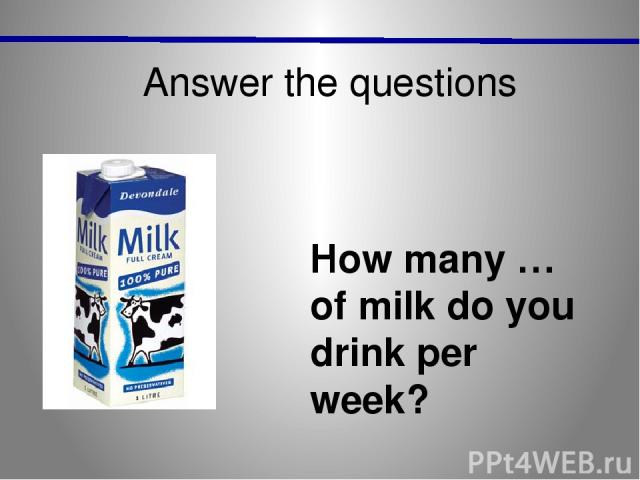 They have to be; until the fawn is about a month old, it isn’t able to run from predators.
They have to be; until the fawn is about a month old, it isn’t able to run from predators.
Fawns rely so much on this undetectability that they actually can’t expel waste, the smell of which would give away their location, without stimulation. The fawn won’t urinate or defecate until either they, or the mother, licks their genital region to stimulate the processes. The mother then immediately eats the waste, further ensuring that her fawn will remain undetectable by predators and survive to adulthood.
Surviving Through the Winter
Fawns eat young grasses and shoots as early as two weeks of age.©iStock.com/nearandfar
Fawns are normally born in the spring months between April and June. The earlier they are born, the better chance they have at surviving through the next winter. At just three weeks old they start venturing out with their mother to nibble on tender grasses. They gradually replace more and more of the milk in their diet with greens like twigs, leaves, and young shoots.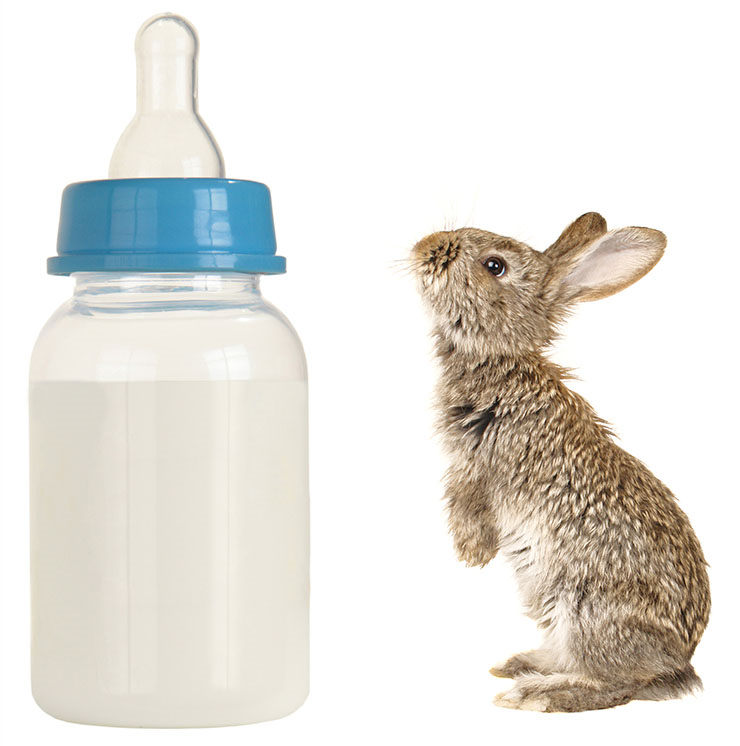 By the time they are 3-4 months old they are almost fully weaned.
By the time they are 3-4 months old they are almost fully weaned.
Fawns won’t stop ‘nursing’ from their mother’s just because they’re weaned though; they have been observed ‘nursing’ well into their first winter, long after the mother has stopped providing milk. Scientists think this behavior may act as a bonding agent between the mother and fawn, or it may simply be a way for the weaned fawn to derive comfort.
What Do Captive Fawns Eat?
Many people find lone fawns, seemingly abandoned or motherless, and mistakenly ‘rescue’ them. As we’ve learned, these fawns are almost certainly not far from their mothers, and should be left alone unless they are visibly injured or distressed. Regardless, many wildlife rescue organizations exist that know how to care for fawns, and eventually rehabilitate them to the wild.
Fawns have very high nutritional needs, and if the wildlife organization cannot immediately return them to their mother, it’s up to them to meet these needs. Captive fawns eat either goat milk or a milk substitute. Dairy milk is not recommended as the fawns have a hard time digesting it.
Captive fawns eat either goat milk or a milk substitute. Dairy milk is not recommended as the fawns have a hard time digesting it.
But caretakers often take the fawn’s nutrition a step further by feeding them fruits, vegetables, and leafy greens. Fawns are fond of sweet things like fruit, and will happily eat bananas, strawberries, berries, oranges, pears, watermelons, and apples. They can also be fed vegetables like carrots, and starches like corn, barley, and wheat.
Though these foods make excellent treats for fawns, their primary food for the first 3-4 months of life should be milk. As they begin eating more solids, they should be fed on a mix of grasses, forbs, and shoots, in addition to their treats, in order to meet all of their nutritional requirements.
Do Fawns Need to Drink Water?
Fawns eat forbs, including wild thistle, during the spring and summer, and lichens and fungi in the winter.©iStock.com/twildlife
Though the moisture content of mother’s milk is very high, fawns still have to drink water.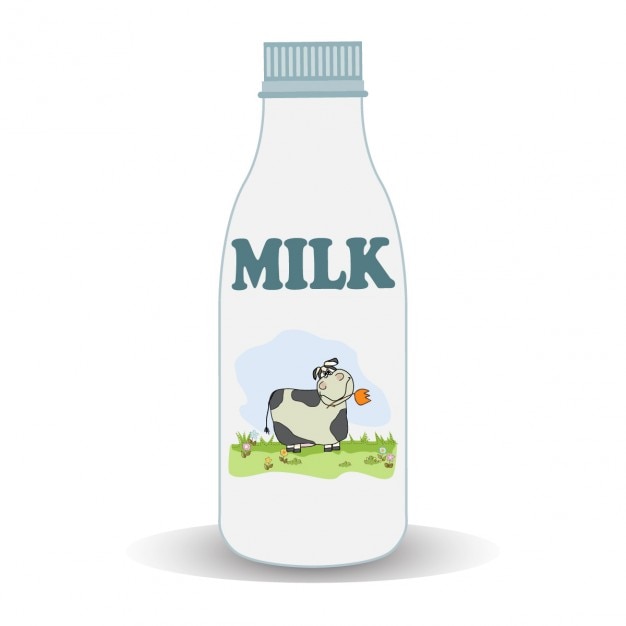 This is the case for both wild and captive fawns. In northern climates, where the air turns cold and the leaves fall from the trees, weaned fawns survive largely on lichen and fungi. They get some moisture from these foods, but have also been observed eating snow to get all the water they need.
This is the case for both wild and captive fawns. In northern climates, where the air turns cold and the leaves fall from the trees, weaned fawns survive largely on lichen and fungi. They get some moisture from these foods, but have also been observed eating snow to get all the water they need.
Up Next:
- See a Gator Bite an Electric Eel With 860 Volts
- Watch an Impossibly Rare Coyote and Bobcat Sighting at Once
- The 15 Deepest Lakes in the United States
More from A-Z Animals
The Featured Image
© iStock.com/JNevitt
Share this post on:
About the Author
Brandi Allred
Brandi is a professional writer by day and a fiction writer by night. Her nonfiction work focuses on animals, nature, and conservation. She holds degrees in English and Anthropology, and spends her free time writing horror, scifi, and fantasy stories.
Thank you for reading! Have some feedback for us? Contact the AZ Animals editorial team.
Nursing of young ungulates
Nursing of red deer (red deer) in artificial conditions
I must say right away that my personal experience in this area is not very great - we (so far) raised only one baby red deer to its feet. But at the very beginning we faced a huge problem - we could not find information anywhere that would help us out. Actually, that's why I came up with the idea to write a short guide for those who still have to enter in the search engines "how to feed a red deer cub."
First you need to determine the age of the animal. Our Yashik came to us through second hands, so only a veterinarian could reliably determine his age - 6-7 days. So, how does a red deer cub look like at a week of age:
Height at the withers: 64 cm
It still does not stand very well on its legs, they are slightly curved with the letter X. Often “cries”.
Teeth: back (if I may say so) not yet, front 8 (now Yasha is already 2 months old, but the front is gone), they are all below.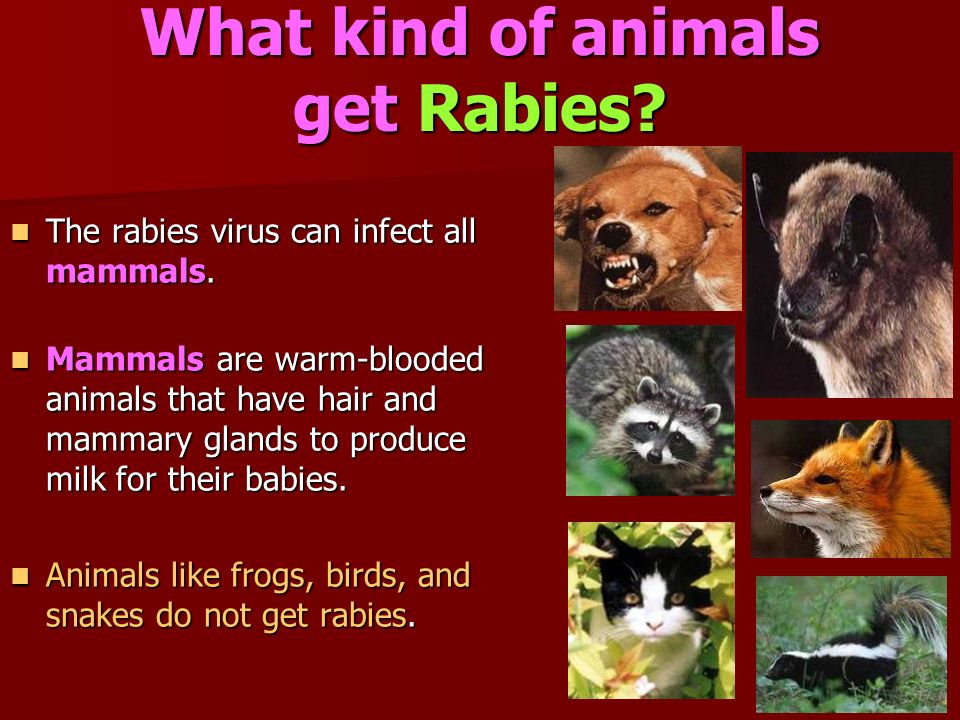 2 in the center are very large and funny :o) the rest are quite small.
2 in the center are very large and funny :o) the rest are quite small.
Weight: 10-12 kg (but this is taking into account that he was fed incorrectly all his first week)
By the way, it will be useful to understand who is in front of you - red deer or spotted deer. They are often confused. The red deer is larger (against our 65 at the withers - 45-50 in the sika deer, weight approx. 4-6 kg). The head is large, the ears are elongated. I would compare them with the length of the nose from the tip to the eyes. The deer has a neat muzzle with VERY large round ears. Now as for the coloring. It should be noted that everyone has spots. In deer, they are located along the ridge and will come off after the first molt in October, while in spotted deer they are all over the body and will remain for life.
In red deer the spot under the tail is yellow and small, dimly outlined. In a deer, on the contrary, it is white, wider and strikingly different in color from the general background.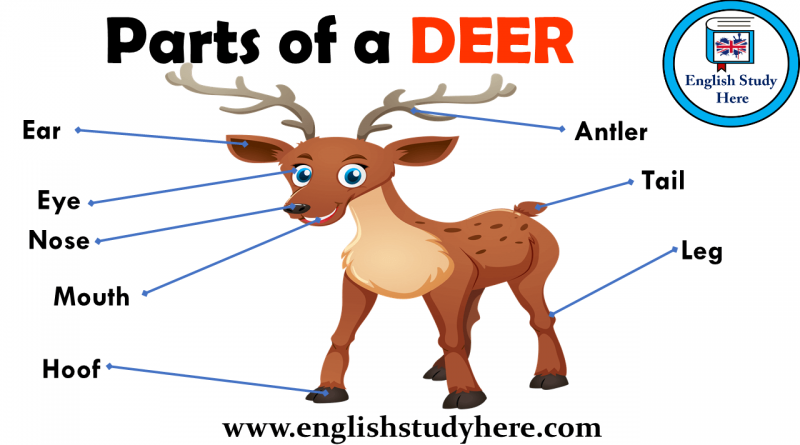
And now the most important thing - about feeding. Or is it more correct to say feeding .
Golden rule: don't overfeed. Feeding and deer and deer is a fractional milk supply. We gave cow's milk (necessarily boiled!) With the addition of water and infant formula "Malyutka 1" (one - that is, from birth).
Mixture: 1 liter of milk, 8 measuring spoons of formula, 0.5 liters of water. For the first 2 weeks, you need to feed 8-10 times a day, 100 g of the resulting mixture. It is better to use a bottle with a simple (not the most expensive) elongated nipple. By the way, because of the structure of the jaws, the deer did not recognize the Aventa's nipple so respected by the mothers. Of course, it is better to warm up to 36-38 degrees. You can check the temperature in the same way as for children - a drop on the bend of the elbow.
After the second week, give about 150 ml of water during the day between feedings. Once a day, we gave lightly salted (1 teaspoon without top per liter of boiled water).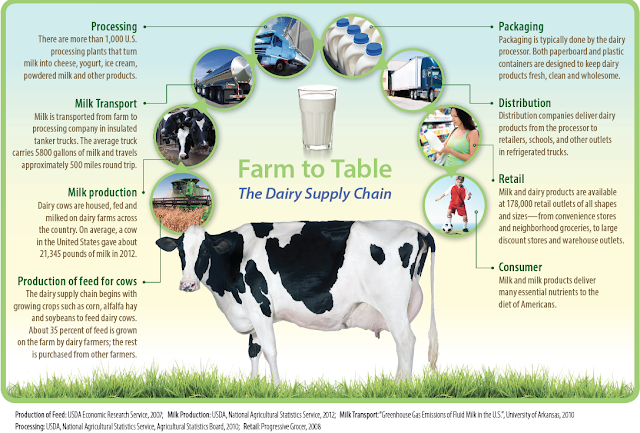 Now we feed 8 times a day, 250 ml each.
Now we feed 8 times a day, 250 ml each.
At the age of three weeks, a red deer was drunk with a five-day course of the Vetom-2 probiotic (I won’t say why exactly “2”, but that’s how we were determined in the veterinary clinic). Dilute one sachet in 200 ml of water, divide in half and give twice a day one hour after feeding (so you will need 5 sachets)
Month. At this age, you can transfer from a baby bottle to a cow bottle (for feeding calves - sold in veterinary stores). No, of course, you can continue to drink from a small one, but it will be tiring - you need to fill it several times for one meal or have 4 at once. At the same time, we began to feed Yashechka with Kormilak whole milk substitute. Its cost in Primorsky Krai ranges from 1900 to 2400 for a 25 kg bag. This amount is enough for about 2 months. The first days we add kormilak to cow's milk, but we cancel the infant formula (i.e. it turns out 1 liter of milk + 0.75 ml of water + 100 g of kormilak), then (well, say, on the fifth day) we give pure kormilak, i.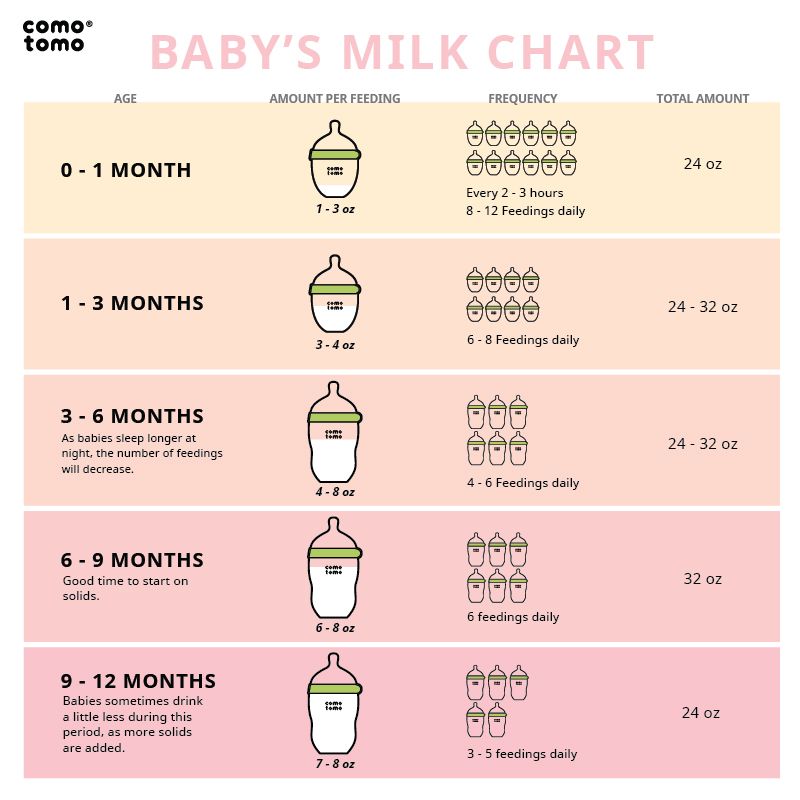 e. . at the rate of 1:9, as written on the package. I weighed a plastic container on a culinary scale, it turned out to be 200 gr, i.e. almost 2 liters of water. At the age of one to two months, his daily intake increased from 2.5 to 4 liters of formula per day, and the frequency of feeding decreased from 6 to 4 times.
e. . at the rate of 1:9, as written on the package. I weighed a plastic container on a culinary scale, it turned out to be 200 gr, i.e. almost 2 liters of water. At the age of one to two months, his daily intake increased from 2.5 to 4 liters of formula per day, and the frequency of feeding decreased from 6 to 4 times.
Grass . I wondered for a long time when to start feeding with grass. But everything turned out to be easier - Yashichek himself reached for the raspberries. And off we go. Most of all he liked dandelions, grapes, raspberries. Then come beets, ash leaves, currants. And he also loves berries terribly: o) Honeysuckle, strawberries, currants, raspberries, irga - everything goes with a bang. At the same time, the apples directly spits out. You can give pureed vegetables as a substitute for grass.
Faeces. Normally, he is like a goat - balls. Our pet had diarrhea at first. Wrong food - diarrhea, did not boil the bottle - diarrhea, overfed - diarrhea again.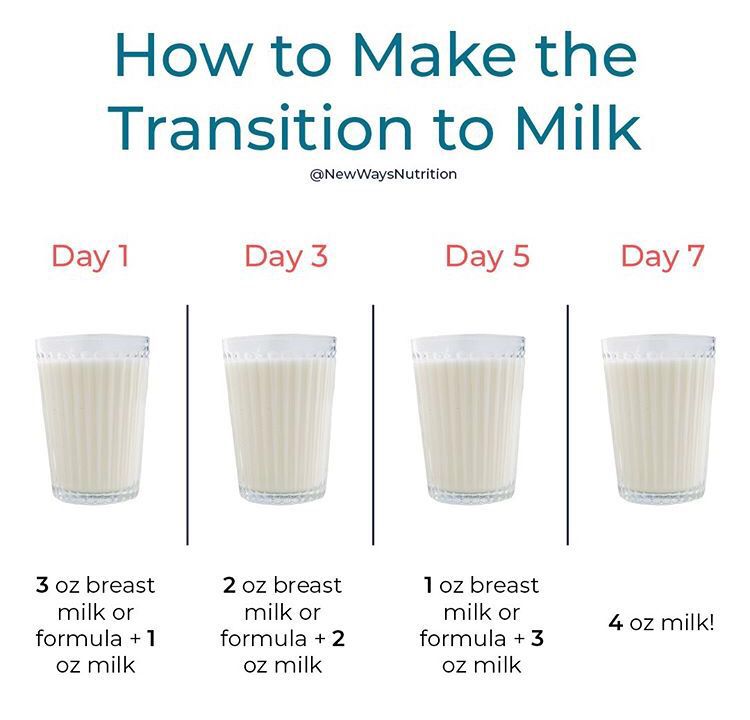 What to do. Give less food and carefully monitor the sterility of dishes.
What to do. Give less food and carefully monitor the sterility of dishes.
Dehydration On the second day of life at my house, the veterinarian diagnosed us - Yashka refused to eat, could hardly stand on his feet. He was given a dropper in the neck (do not do it without a specialist!) with saline through a butterfly 4-ku, 200 ml + half a bottle of glucose. He almost immediately got to his feet, but it was impossible to feed, it was possible to give saline in the evening and replace one meal with it the next day. In general, having a doctor in the family, on the second day we were ready to repeat the drip on our own, but, fortunately, it was not necessary. In order to prevent, see above, drink salted water daily.
Arrangement places. Here, of course, the more the better. Yasha had to live in an open chicken pen, 3x8. The size, frankly, is not great. Net height 3.5 meters. It is necessary to make a small canopy, 1.1-1.2 m high, with a roof and without one wall - so that it can enter freely, cover the floor with hay, which needs to be changed regularly (because they defecate, most often, under themselves).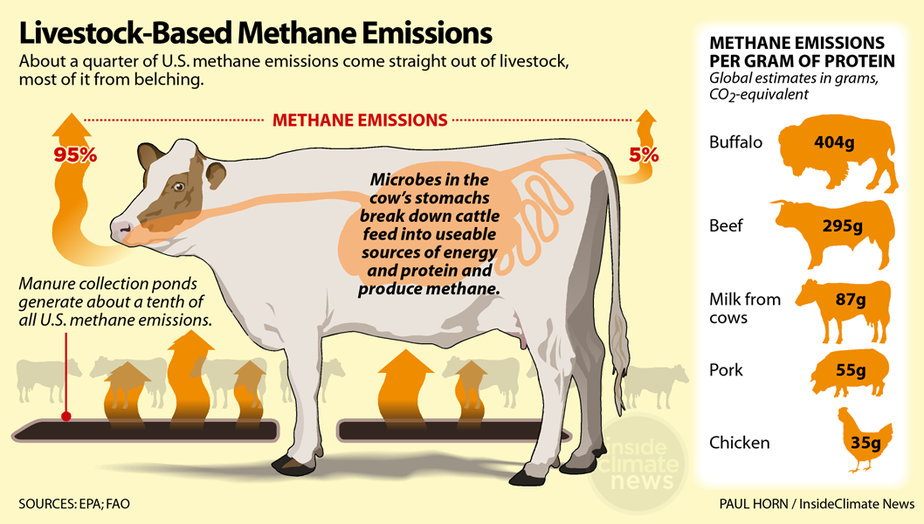
General recommendations. The life of these small, defenseless creatures is in your hands. Therefore, it is important to decide what will happen to them when they are ready to exist on their own: do you intend to give it to the zoo / zoo / safari park or plan to release it into wildlife. The permissible frequency of contact with the animal depends on this. If he is destined for the fate of a wild beast, then do not allow strangers to approach him, i.e. he should know only those 1-2 people who care about him. But you need to remember that even with this option, it is vital for him, no matter how pathetic it may sound, closeness and warmth, a sense of security - when you feed him, do not be lazy to stroke and talk - he will soon begin to recognize your voice. If you are not going to let go into the wild, then you need to hug the first 3-4 weeks as often as possible - you yourself will see how it calms him down.
Reindeer are bred on a farm in Tatarstan
The Vyatskiy Bereg reindeer farm in the Yelabuga region of Tatarstan started operating in 2020
The Vyatskiy Bereg reindeer breeding farm in the Yelabuga region of Tatarstan started operating in 2020.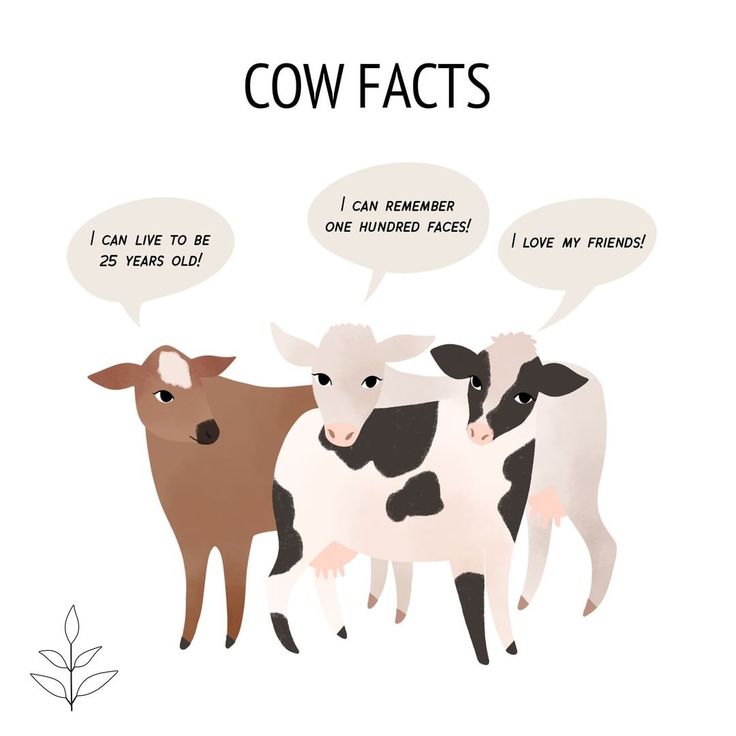 Now it contains more than 1 thousand deer. The main direction of the farm is the sale of deer antlers (antlers). However, the owners plan to develop the farm in the future as a base for tourism and recreation, as well as a sanatorium based on biological supplements from deer antlers.
Now it contains more than 1 thousand deer. The main direction of the farm is the sale of deer antlers (antlers). However, the owners plan to develop the farm in the future as a base for tourism and recreation, as well as a sanatorium based on biological supplements from deer antlers.
“We managed to buy high-quality deer from Germany”
Farm manager Ilnaz Nasyrov spoke about the specifics of breeding these animals.
“We have three types of deer: 480 red deer, 250 spotted deer and 300 European fallow deer.
Male red deer have large antlers. They are updated once a year. Having reached a certain size, they fall off and begin to grow again. We are going to make money on their horns,” says Ilnaz Nasyrov.
Male red deer have large antlers. They are updated once a year
Photo: © Salavat Kamaletdinov / Tatar-inform
The farm covers almost 400 hectares. Utility rooms have been built - a warehouse with modern equipment for storing antlers, a shed for deer, and equipment has been purchased.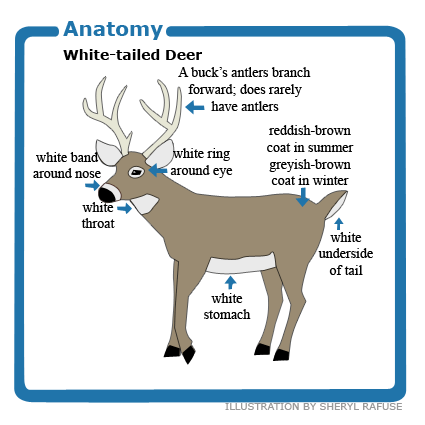 The reindeer are cared for by four workers. There is a well-maintained house for them on the farm.
The reindeer are cared for by four workers. There is a well-maintained house for them on the farm.
“We brought the first batch of red deer from the Kaliningrad region. Then - from Tver, later 50 heads were brought from Germany. Managed to bring before the borders closed. They've been raising deer there for 200 years. The horns are very large, these are thoroughbred animals. Then they brought 100 heads of spotted deer. It is worth noting that deer prices have fallen this year. While new farms are not created. Over the past three years, no one has brought reindeer from abroad. This is due to the situation in the country. We managed to bring it from Germany in 2022,” said the farm manager.
Growing antlers is a long and complicated process. To obtain a quality product, animals are fed with a variety of feed
Photo: © Salavat Kamaletdinov / Tatar-inform
"Natural source of nutrients"
Antlers - soft, not yet hardened deer antlers - inside have a tubular structure and are filled with blood. Panty contains almost a hundred items of micro and macro elements, amino acids and vitamins. In medicine, they are used in the form of powder, tinctures.
Panty contains almost a hundred items of micro and macro elements, amino acids and vitamins. In medicine, they are used in the form of powder, tinctures.
“This is a natural source of useful and healing substances, a unique biological substance for healing the human body. Therefore, we want not only to sell antlers, but also to create a sanatorium for treatment with baths. Now people fly to Altai for treatment. If we manage to do what we have planned, we will have such an opportunity,” says Ilnaz Nasyrov.
Growing antlers is a long and complicated process. To obtain a quality product, animals are fed with a variety of feeds. In their diet, there are about 37 species of plants and trees, for example, young branches of wild rose, fruit trees, acorns. All the useful elements contained in these plants are concentrated in antlers. This is how nature intended it - deer antlers are very important, so they are provided with everything necessary to grow strong.
When young antlers appear, they are cut off and frozen at temperatures below 15 degrees
Photo: © Salavat Kamaletdinov / Tatar-inform
When young antlers appear, they are cut off and frozen at temperatures below 15 degrees.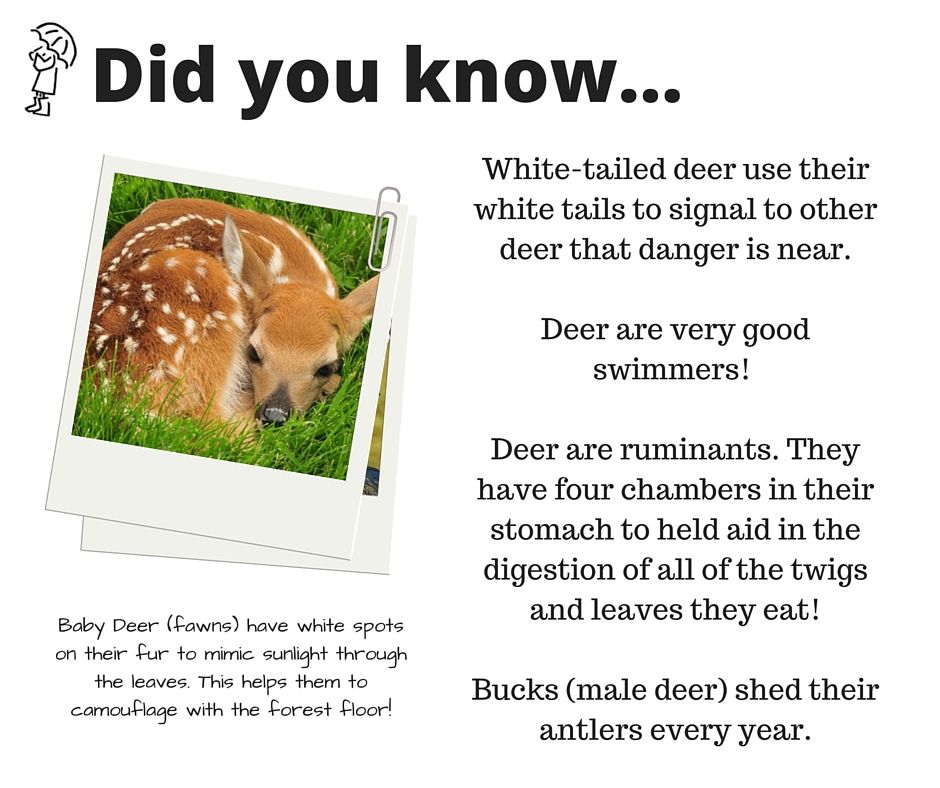 Transportation is also carried out in special freezing containers.
Transportation is also carried out in special freezing containers.
“Deer's blood is also valuable as a remedy. Therefore, the horns must be cut off in time and the cut should be sealed without loss of blood. Then the horns are frozen. The Chinese, Koreans, for example, dry them. In these countries, antlers are in demand, this substance is widely used in treatment and rehabilitation. This year we cut velvet antlers for the first time and sold them frozen to a Korean client. In Russia, antlers are practiced in the Kaliningrad region,” says Ilnaz Nasyrov.
Is it humane to cut deer antlers alive, do animals feel pain while doing it?
“No, they don't feel pain. The horns are cut off under local anesthesia. After anesthesia, the horns are cut off with a saw. We do not use a grinder, its noise scares animals. The horns during the growth period are soft, like a sponge, cut off easily. Special medicines help stop the bleeding and promote rapid healing of the wound. Two days later, the deer does not even remember his antlers,” says the interlocutor.
Little deer 2022
Photo: © Salavat Kamaletdinov / Tatar-inform
“Mom feeds only one cub”
Together with Ilnaz Nasyrov, the correspondent of “Tatar-inform” visited the premises where deer are kept. He himself calls him a calf.
“Female red deer usually have only one calf. Very rarely - two, but even in this case, the mother will feed only one of her own. Whoever gets to his feet first - and leaves with him. For the second is not returned. In the first seven days, the deer does not get up at all, it lies among the tall grass. All week mom comes and feeds him,” says the farm manager.
Special hay is prepared for deer from five different herbs. The diet also includes oats, which are grown on the farm itself
Photo: © Salavat Kamaletdinov / Tatar-inform
Special hay is prepared for deer from five different herbs. The diet also includes oats, which are grown on the farm itself. In winter, one deer takes 1 kg of oats per day. In summer, animals go to the pasture, where they feed on needles, young branches of shrubs. As the farm workers found out, deer feed on 25 species of grasses and trees.
“We donate horns to the laboratory every year. Find out what vitamins they lack. Based on the results of the examination, we change the diet. For example, a lack of phosphorus was revealed this year,” says Ilnaz Nasyrov.
The feeding regime of animals corresponds to their life in nature: deer eat twice a day, early in the morning and in the evening, at dusk. The rest of the time they rest.
“Especially dangerous during the mating season”
Despite being kept in captivity, deer remain wild animals, and under certain conditions, male deer can be dangerous to humans. To prevent an attack, security measures are observed on the farm.
We always feed the reindeer by two workers - one guards with a stick, the other lays out the food
Photo: © Salavat Kamaletdinov / Tatar-inform
“Usually, when a person appears in the enclosure, they run away. But we always feed the deer with two workers - one guards with a stick, the other lays out the food. Dangerous during mating season. We call the male deer “bull”. When the mating season comes, he stops eating. We don't try to feed him. It grazes on a large area of 260 hectares. You just have to get through this period. His hormones are playing. If at the end of September - beginning of October a person approaches him, he behaves aggressively. If the bull decides that someone is touching the female, then he will attack. Then it is better not to approach him, ”says the specialist.
Deer mating season lasts up to one and a half months. At this time, the herd is left alone, providing the females with a sufficient amount of food.
“The bulls come out of this period completely tired and exhausted. Then the males and females are separated, everything returns to normal. The bulls stop worrying about the females,” says Nasyrov.
Deer pregnancy lasts 8.5 months, deer are born at the end of spring.
Despite being kept in captivity, deer remain wild animals, and under certain conditions, male deer can be dangerous to humans
Photo: © Salavat Kamaletdinov / Tatar-inform
“After weaning the cubs from the mother, usually the mother does not worry much, just a couple of days. The deer suffer the most. But in nature, they also do not stay with their mother for long - after 3-5 months, she stops feeding them with milk. In October-December, the deer already becomes independent,” says Ilnaz Nasyrov.
Deer's natural enemies in the wild are lynx, wolf, bear. And although these predators were not noticed nearby farms, precautions were taken, the source said.
“They say there are a lot of bears in the Kirov region. There were cases when they tore metal nets. We have an electric shepherd. The grid was ordered from Australia. Very good quality spring. You can’t even tear it apart with a machine,” says the manager.
The reindeer will be kept on the farm for about ten years. According to Ilnaz Nasyrov, it is up to this age that deer antlers are of good quality, and after 12 years they are practically not suitable for extracting useful substances.
“In Europe, once every three months, 0.5 liters of blood is taken from a deer from a vein. This blood is then dried. It's like people donating blood. In this way, you can earn more, but we don’t do that yet, we only deal with punts,” says Ilnaz Nasyrov.
The reindeer will be kept on the farm for about ten years. It is up to this age that deer antlers are of good quality, and after 12 years they are practically not suitable for extracting useful substances
Photo: © Salavat Kamaletdinov / Tatar-inform
But it is very difficult to obtain milk from a female deer - she does not get used to milking. The animal does not let him get close, he can pounce and kick with four legs at once. In addition, the female has very little milk - about 100 grams. It is very thick and sweet, says the interlocutor.
“Deer tolerate frost well. When it got down to minus 38 degrees in Tatarstan, I doubled the feed. If there is internal energy, they do not freeze. Deer skin keeps heat well. If a deer lies on the snow, then the snow under it does not melt. In addition, I have never seen or heard of a deer freezing in the cold. In the heat, we dig a hole and fill it with water. They bathe there. Yes, we have a lake, but it is very deep. In the heat, deer do not walk, they just lie in the shade. Therefore, they only eat at dusk,” said the manager of the reindeer farm.
Interesting facts:
During the mating season, the male spotted deer whistles loudly, and the male red deer roars and makes a sound similar to the cry of a child. So they decide who is stronger. Males that roar longer and deeper are the strongest.
Deer are self-willed, not as obedient as, for example, cows. It is difficult to manage, it is difficult to get them out of the corral.


